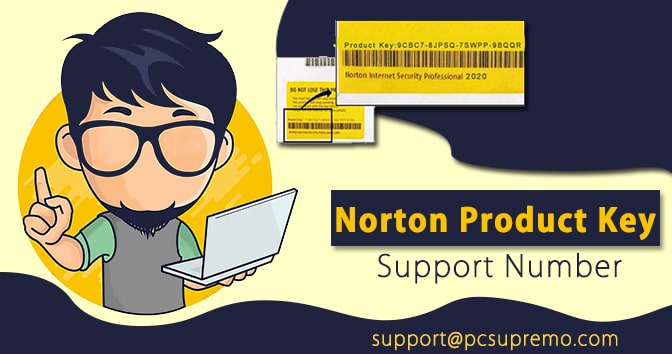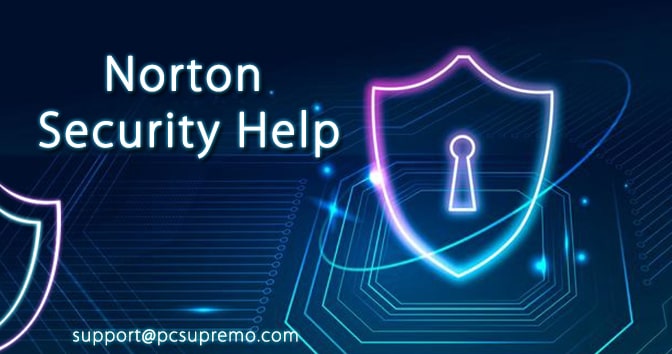In case you’re a representative, you are at the forefront of data security. Your organization may have complete cybersecurity strategies for you and collaborators to follow. Yet, even with these insurances, it’s imperative to remain careful to help guarantee your organization’s information and organization are free from any harm.
Does it affect if you work for a small or average size organization? Programmers frequently target huge associations; however, more modest associations might be considerably more alluring. Why? Cybercriminals may think private ventures have fewer controls and could be simpler to invade the Norton error 3039 1.
Your organization may have the best security programming and most extensive office approaches; however, your activities greatly influence protecting information.
Think about this: A single representative could commit an error by sharing delicate organization data on their cell phone or tapping on a bad connection — and that could prompt an information break.
At the point when you work at a little or average size organization, it’s savvy to find out about cybersecurity best practices. If you instruct yourself about the little things that add to cybersecurity, it can go far toward assisting with ensuring your association with Norton error 8504 104.
10 cybersecurity best practices
Cybersecurity best practices include some broadly prescribed procedures — like being mindful while taking part in online exercises, keeping organization rules, and connecting for help when you experience something dubious. Here’s a more profound plunge into the 10 cybersecurity best practices for organizations that each worker should know and follow.
1. Secure your information
In your everyday life, you presumably try not to share by and by recognizable data like your Social Security number or Visa number while noting a spontaneous email, call, instant message, or text. It’s essential to practice a similar alert at work. Remember that cybercriminals can make email locations and sites that look real. Con artists can counterfeit guest ID data. Programmers can even assume control over organization online media accounts and send apparently genuine messages.
It may sound self-evident, yet it’s significant not to release your organization’s information, touchy data, or licensed innovation. For example, you could unintentionally uncover data somebody outside the organization shouldn’t see on the off chance that you share an image online that shows a whiteboard or PC screen out of sight.
2. Maintain a strategic distance from pop-ups, obscure messages, and connections
Be careful with phishing. Phishers attempt to fool you into tapping on a connection that may bring about security penetrate. Phishers go after representatives in expectations they will open spring up windows or other vindictive connections that might have infections and malware installed in them.
That is why it’s critical to be wary of connections and connections in messages from senders you don’t perceive. With only a single tick, you could empower programmers to penetrate your association’s PC organization. By a similar token, be mindful of the licensed innovation of different organizations.\
Whether it’s coincidental, sharing or utilizing the IP or proprietary innovations of different organizations could get both you and your organization into inconvenience.
Your organization can help ensure its representatives, clients, and information by making and appropriating business strategies that cover points, for example, how to annihilate information that is not, at this point, required and how to report dubious messages or ransomware.
3. Utilize solid secret phrase assurance and verification
Solid, complex passwords can help prevent cyber thieves from getting to organization data. Straightforward passwords can make access simple. On the off chance that a cybercriminal sorts out your secret phrase, it could give them admittance to the’s organization. Making remarkable, complex passwords is fundamental.
4. Interface with secure Wi-Fi
Office Wi-Fi organizations ought to be secure, scrambled, and covered up. In case you’re working distantly, you can help ensure information by utilizing a virtual private organization if your organization has one.
A VPN is fundamental when managing a job outside of the workplace or on an excursion for work. Public Wi-Fi organizations can be unsafe and make your information defenseless against being blocked.
5. Empower firewall security at work and home
Having a firewall for the organization and your home organization is the first line of the guard in securing information against cyberattacks. Firewalls keep unapproved clients from getting to your sites, mail administrations, and different wellsprings of data that can be gotten to from the web.
6. Put resources into security frameworks
More modest organizations may falter while thinking about the expense of putting resources into a quality security framework. That generally incorporates assurances, for example, solid antivirus and malware recognition, outer hard drives that back up information, and running standard framework checks. Making that venture early could save organizations and representatives from the conceivable monetary and legitimate expenses of being penetrated.
7. Introduce security programming refreshes and back up your documents
Following IT security best practices implies keeping your security programming, internet browsers, and working frameworks refreshed with the most recent insurances. Antivirus and hostile to malware assurances are as often as possible overhauled to target and react to new cyberthreats.
8. Converse with your IT division
Your IT division is your companion. Contact your organization’s help group about data security. You may have a lot to discuss. It’s a smart thought to work with IT if something like a product update hits an obstacle. Try not to allow a straightforward issue to turn out to be more perplexing by endeavoring to “fix” it. In case you’re uncertain, IT can help.
9. Utilize outsider controls
You may be a worker responsible for getting to and utilizing the classified data of clients, customers, and different representatives. Assuming this is the case, moreover, make certain to execute and keep organization rules about how touchy data is put away and utilized. In case you’re accountable for securing hard or delicate duplicates, you’re the safeguard of this information from unapproved outsiders.
10. Embrace schooling and preparing
Brilliant organizations set aside the effort to prepare their representatives. Your duty incorporates knowing your organization’s cybersecurity arrangements and what’s anticipated from you. That incorporates following them. In case you’re uncertain about an approach, inquire.






